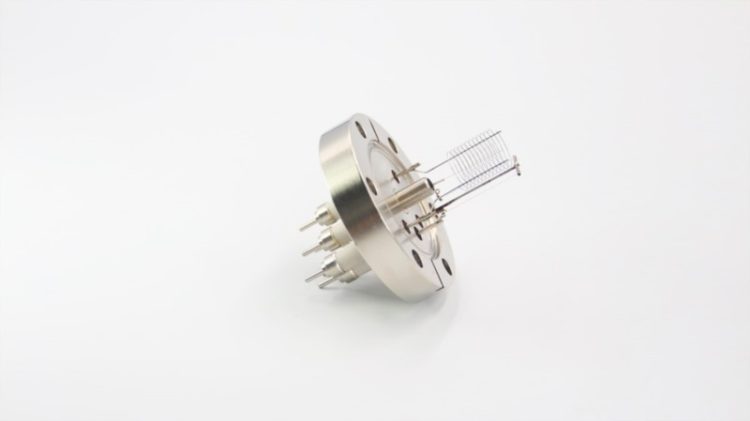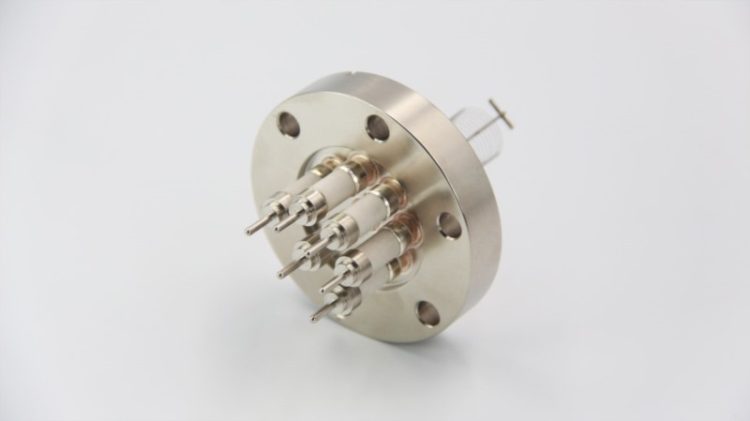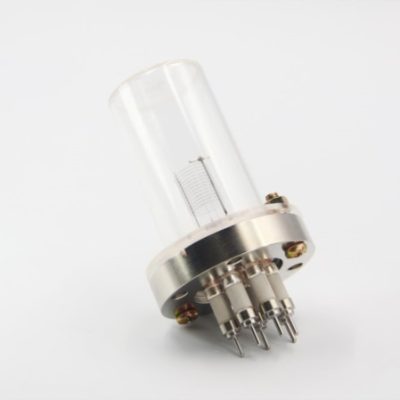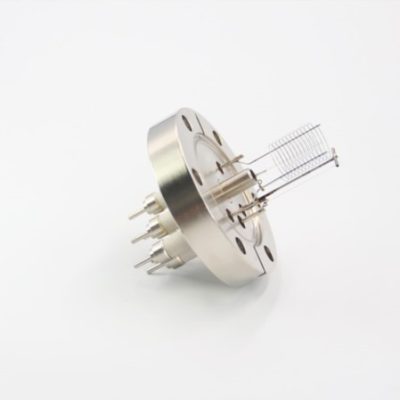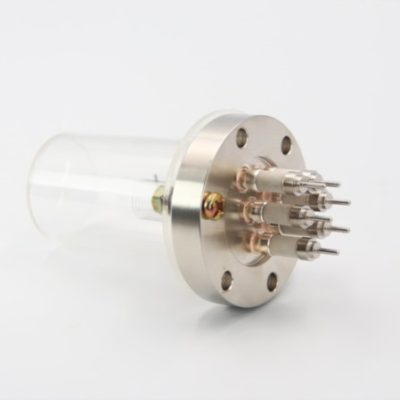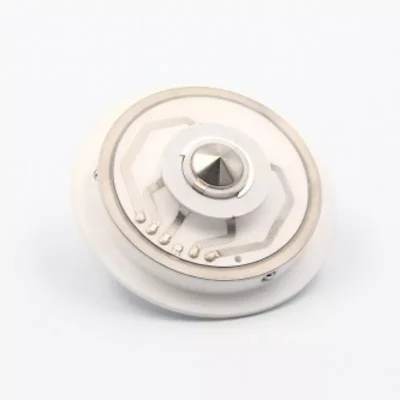The InSealing High Vacuum Ionization Gauge is a precision tool designed to measure vacuum levels, indispensable in laboratory experiments, industrial processes, and scientific research endeavors.
Working Principle:
Ionization Phenomenon: At the heart of its operation lies the ionization of gases under high vacuum conditions.
Components: Comprising an ionization chamber and an electron collector, it leverages these components to generate measurable electrical signals.
Ionization Process: As gas molecules enter the chamber, they undergo ionization via heating wires or electron beams, producing positive ions and free electrons.
Electric Field Interaction: The positive ions are drawn towards the collector, while the electrons accelerate, creating an electric current.
Vacuum Inference: By analyzing the current’s magnitude, the device infers the gas molecule density and, consequently, the vacuum degree. Higher current indicates lower vacuum, while lower current signifies higher vacuum.
Measuring Range & Adaptability:
Low Pressure: For measuring low pressures, the gauge employs a high voltage and large-sized ionization chamber.
High Pressure: Conversely, for high pressures, it switches to a low voltage and small-sized chamber.
Versatile Range: Offering a wide measuring range from 0.1 to 10^-8 Pa, it caters to diverse vacuum measurement needs.
Operational Considerations:
Pre-Reduction: Prior to use, ensure the vacuum system’s pressure is reduced below 0.1 Pa to safeguard the regulator from damage.
Shutdown Sequence: At the conclusion of experiments, the ionization gauge should typically be the last instrument to be turned off, underscoring its sensitivity and importance in maintaining accurate vacuum readings.

